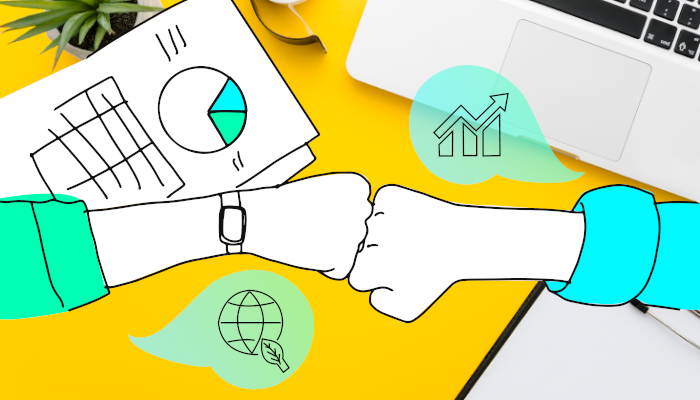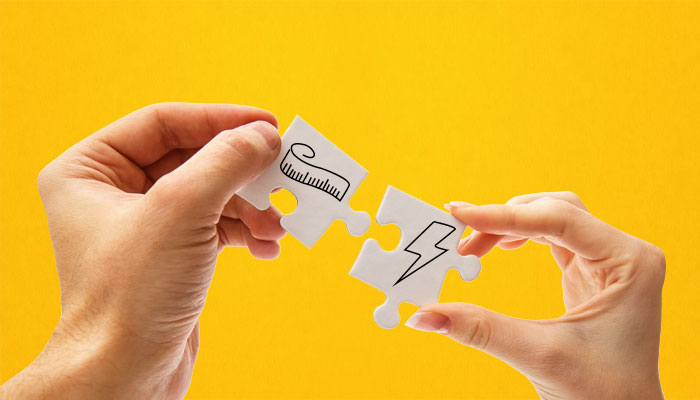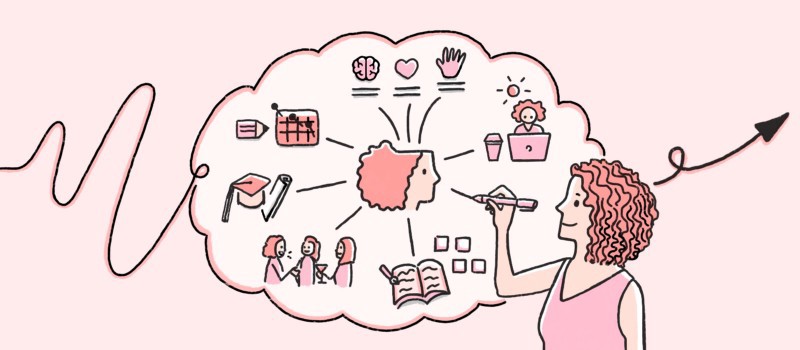Driving towards Sustainability

Contemporary living has brought about various problems, among which environmental challenges are unavoidable. Excessive usage of non-renewable energy sources has led to major issues such as climate change, deforestation, pollution, and more. As a result, it has become imperative for us as a species to shift towards more sustainable lifestyle mechanisms.
As buildings use resources and generate waste, they contribute significantly to environmental pollutant levels in the United States and abroad. Surprisingly, U.S. buildings use 36% of U.S. energy demand, 68% of the country’s electricity (more than half of which is generated from coal), and nearly 40% of U.S. natural gas consumption (DOE 2002)1. However, applying sustainable design principles can significantly reduce these impacts.
I strongly believe that designers must embrace this philosophy in their work,
as design plays a crucial role in shaping the future and can significantly impact the environment. By incorporating sustainability into designs or implementing sustainable designs, we can offer innovative solutions that prioritize human needs while minimizing negative environmental impact. This benefits both mankind and the environment.
Depletion of non-renewable resources on a large scale requires us to make a conscious effort towards a sustainable future. Therefore, sustainability must become an integral part of our design process, and we should strive to create eco-friendly products, buildings, and systems. In doing so, we can contribute towards a better future and help tackle the environmental challenges that our society faces.
The challenges posed by environmental issues require a proactive and positive approach, which sustainable design can provide. This approach entails the use of renewable materials, promoting energy-efficient practices, reducing waste, and embracing circular economy principles. Furthermore, sustainable design also considers the social and cultural aspects of communities, thus working towards creating inclusive, healthy, and resilient spaces.
This blog will delve into the world of sustainable designs, how we at F1Studioz incorporate it into the work we do, the challenges we face while doing so, and how it ultimately works out in the favor of all parties involved (viz. the Client, the Firm, and the environment)
Defining Sustainable Design
Sustainable design, in essence, refers to creating products, systems, and structures that are efficient and effective for their intended users, while minimizing negative impacts on society and the environment.
Electric Vehicles could be used as a good point to initiate a discussion regarding sustainable design. Although EVs are promoted as a sustainable transportation solution that can substantially reduce greenhouse gas emissions and air pollution compared to traditional internal combustion engine vehicles, it is important to recognize that the sustainability of electric vehicles is contingent on the source of the electricity they consume.
If the electricity is generated from non-renewable sources, such as coal or natural gas-fired power plants, the environmental benefits of the electric vehicles would be significantly reduced. Sustainability would be achieved here only if the EVs are powered by sustainable sources as well. The creation of the entire product ecosystem needs to be done with overall sustainability in mind.

Therefore, the key to achieving sustainable design is to consider the entire lifecycle of a product from as early as its design phase to its disposal stage. This requires a holistic approach that prioritizes environmental stewardship, social responsibility, and economic viability.
Communicating the importance of Sustainability in Design to Clients
When communicating the importance of sustainable design to clients and stakeholders, it is essential to establish a virtual deployment plan that highlights the measures and strategies to be employed to achieve sustainability goals. Additionally, showcasing well-established examples in the market will provide insight into the benefits and positive impact of sustainable design.
It is also crucial to discuss the market revenues and how sustainable design can enhance profitability in the long term, with the overall environmental impact also being kept as a primary point of focus.
The key point to be remembered when communicating sustainability aims with clients is that the design must work well for the client as well. Business is business, after all, and in this case, success lies in ensuring a win-win situation for all wherein the client gets their business done in a profitable manner while also ensuring that the same is executed in an eco-friendly and sustainable manner.
Incorporating Sustainability into the actual design process –
A step-by-step guide:
When it comes to incorporating sustainability into the design process, a systematic approach can be adopted to ensure that sustainable solutions are achieved.
- Firstly, identifying the potential market and its pain points can help to establish the scope of improvements required throughout the product lifecycle. It is also important to identify primary and secondary needs to better understand the requirements of the target audience.
- Subsequently, conducting market research can help to assess the feasibility of possible solutions, with a focus on eliminating elements that consume non-renewable sources of energy.
- Developing a working prototype and testing it with a few resources can help to refine the solution, while technical limitations should also be considered and addressed.
- Finally, deploying the solution only when the chances of errors become negligible can help to ensure that sustainable design solutions are achieved.
- Sustainable design principles can be effectively integrated into the design process, leading to more sustainable outcomes through this approach.

Challenges likely to be faced and how to solve them
Incorporating sustainable design principles can pose certain challenges, particularly in terms of technical limitations and resource availability. These challenges can often be cost-oriented, and testing sustainable solutions in multiple deployments can be financially burdensome, especially when working with clients that have limited/tight budgets.
Therefore, it is important to adopt a systematic approach that takes into account these challenges, while also seeking to identify more cost-effective and efficient ways to test and refine sustainable design solutions. By addressing these challenges in a proactive and strategic manner, it is possible to overcome the barriers to sustainable design and achieve more sustainable outcomes.
Measuring the Environmental Impact of Sustainable Designs
Measuring the environmental impact of design is crucial to ensuring that sustainable outcomes are achieved.
One popular methodology that is commonly used to assess environmental impact is the ecological footprint.
Ecological footprint is a sustainability assessment tool that measures the amount of natural resources, including land and water, required to sustain a given population’s lifestyle and consumption patterns. It provides an estimate of the total environmental impact of an individual, community, organization, or country on the natural resources of the planet.
Ecological footprint analysis takes into account factors such as food consumption, transportation, energy consumption, waste generation, and land use, among others. Quantifying the environmental impact of various activities helps to raise awareness about the need for sustainable practices and to identify opportunities to reduce environmental impact. Ultimately, the ecological footprint can aid in achieving sustainable development goals and preserving the planet’s resources for future generations.
By assessing the ecological footprint of a design, it is possible to determine the extent to which it contributes to resource depletion and pollution. This information can then be used to identify opportunities to reduce the environmental impact of the design, through measures such as the use of renewable energy sources, the minimization of waste, and the adoption of more sustainable materials and production methods.
Conclusion
Sustainability in design is crucial for the health and well-being of our planet and its inhabitants. As we face mounting environmental challenges, it is essential that we rethink the way we design goods.
Designers have a unique role to play in promoting sustainability, as they are responsible for creating the products, buildings, and systems that shape our daily lives. By incorporating sustainable principles into their work, designers can help reduce waste, conserve resources, and minimize their impact on the environment.
Sustainable design also involves considering the entire lifecycle of a product, from its creation to its disposal. This means designing products that are durable, repairable, and recyclable, and that can be easily disassembled and reused. By designing products with the end of their lifecycle in mind, designers can reduce waste and ensure that resources are used efficiently.

Although convincing clients on the same might be a bit difficult, it is of prime importance that we do the same and find a win-win situation for all across the widest possible range of scenarios, as it is truly small efforts that count towards making a major impact on a global scale in the future.
In addition to environmental benefits, sustainable design also has social and economic benefits. For example, it can create jobs in local communities, promote social equity and justice, and improve the health, well-being, and lifestyles of individuals and communities alike.
Designers everywhere must make a concerted effort to incorporate sustainable principles into their work. This means staying informed about the latest developments in sustainable design, adopting sustainable design practices, and educating clients about the importance of incorporating sustainability.
By working together to promote sustainable design, designers can help create a more sustainable and equitable world for all.







